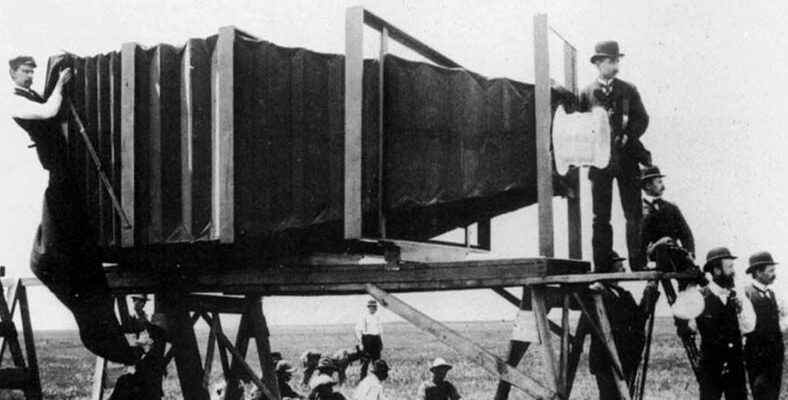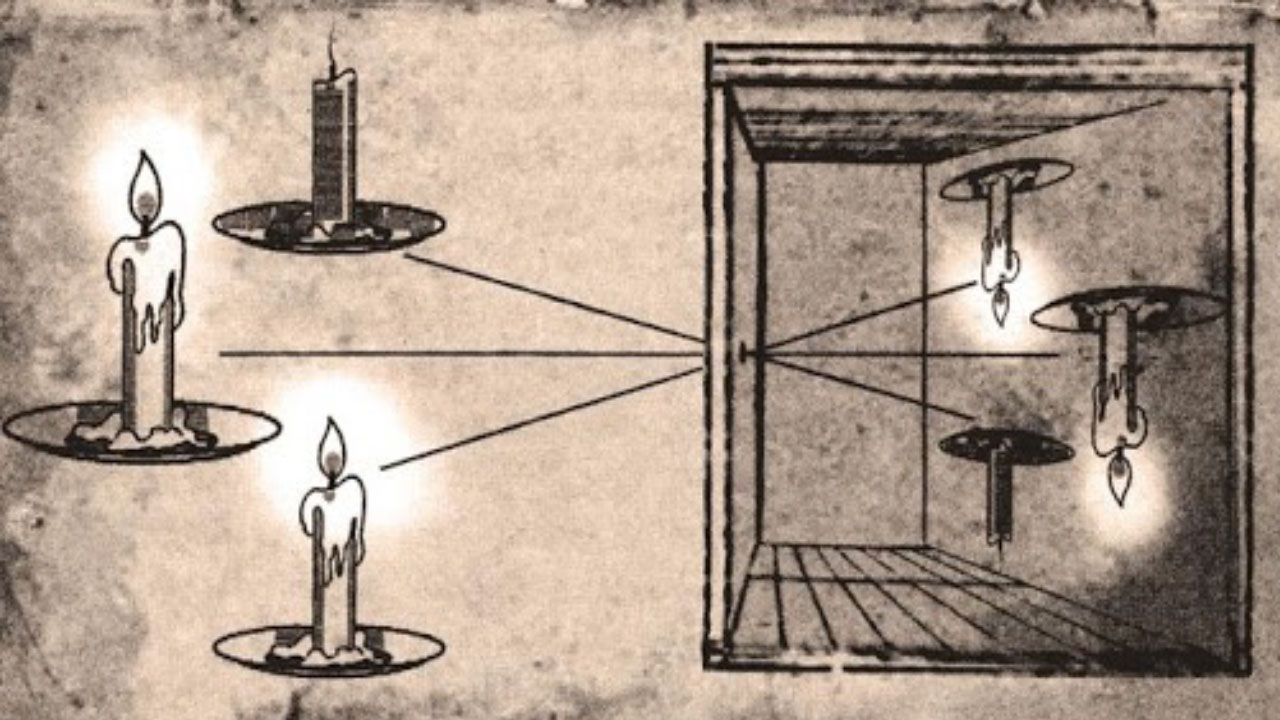Photographs are images in which the visible world is conveyed as it is. The photographic image is formed when the light passing through the lens falls on the sensitive surface for a specified time depending on the aperture. The most important invention in the invention of photography is the invention of the mechanical system, the Camera Obscura. Let’s look at the historical development of the dark box, which has a history of almost 2500 years, and how the first photograph taken by Nicéphore Niepce was taken.
Man has tried to resist time with various methods from past to present. He sought ways not only to be immortal, but to preserve the existing reality. In the early days, mummification methods were used so that the bodies of the dead would not be harmed, but in time, statuettes were made in the grave so that the dead body would not be harmed, and if it did, it would replace it. Under the influence of art and civilization, busts and portraits began to replace embalming. With the Renaissance, the depiction of reality reached perfect dimensions, but it was not enough. Adding the “moment” to the perfect use of three dimensions in art, recording existing reality as it is Photograph It was through.
When we look at the history of photography, we first come across the French inventor. By Joseph Nicéphore Niepcefrom the window of your house 8 hours exposure The photo he took comes out. 1827 The recording and stabilization of this dated image was made possible by the discovery of light-sensitive surfaces and chemicals. But the mechanical system necessary to take pictures, that is, Camera Obscura Its discovery goes back much further.
What is Camera Obscura?
RELATED NEWS
14 Photos Showing What Saying ‘You’re Beautiful’ to a Woman Can Change
Camera Obscura; Also known as pinhole, pinhole camera or dark box. image generation mechanism. In this mechanism, the lens in cameras is replaced by a pinhole (0.25-1 mm) wide hole. Light passes through this hole and across the hole, an inverted image occurs. Camera Obscura can sometimes be a room or sometimes a small box.
The first statement about the basic working principle of the system that has survived to the present day. Founder of Mohism Chinese thinker Mo Dibelonging to B.C. Mo Di, who lived between 470 and 390 BC, as a result of his experimental observations, stated that the light passing through a small hole opened in a dark environment, an upside-down reflection of the luminous object discovered he created.
Working principle of Camera Obscura
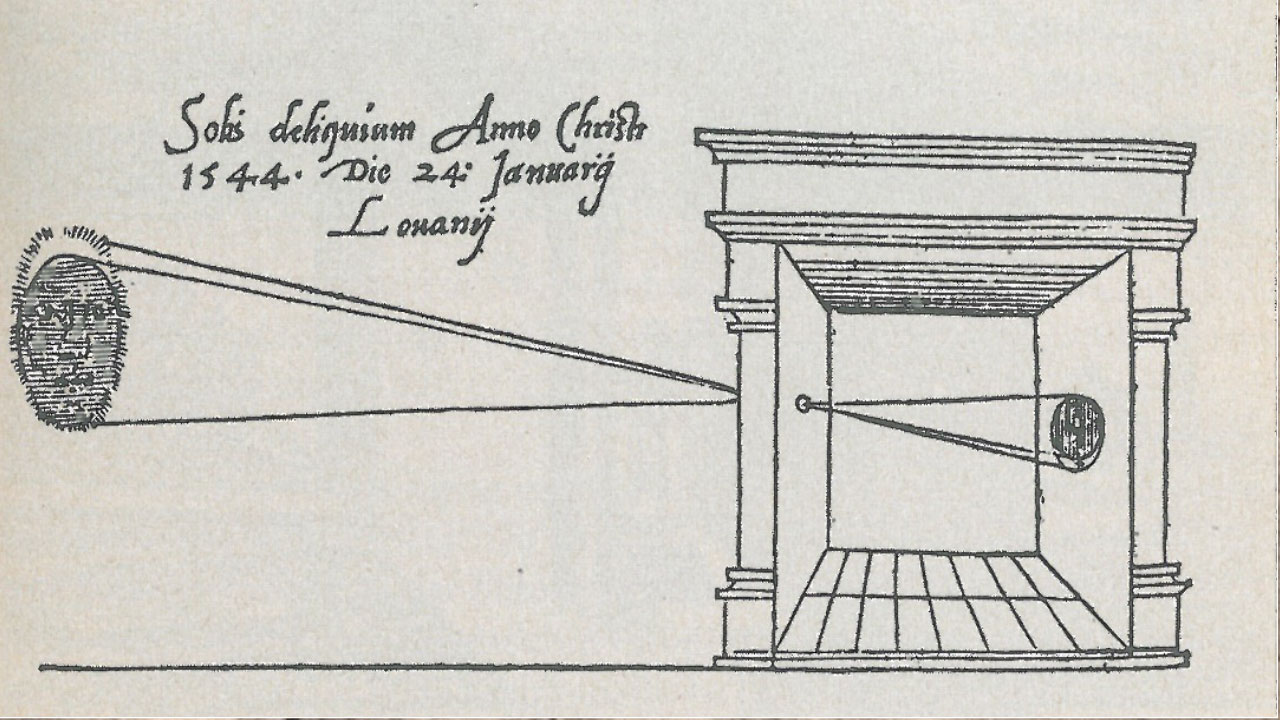
B.C. 4th century Greek Philosopher Aristotlestudied the passage of light through the colander holes to project the image of the eclipse onto the ground. Aristotle said that the effect of light passing through a small hole in a dark box or environment. principles of optics made sense. Greek after Aristotle mathematician Euclid also since light propagates through the optics in a straight line mentioned and that Camera Obscura working principle supported work.
Ibn al-Haytham’s experiment with three candles
11th century father of modern optics Ibn al-Haythamthrough this mechanism linear quality of light found that he had won. Ibn al-Haytham “seeing” your act He was the first scientist to state that the light reflected from objects occurs when it enters the eye of the person. At that time, scientists were already talking about the effects of light passing through the hole, but Ibn al-Haytham described for the first time that light forms an imagei and pinhole camera He invented. The term Camera Obscura was first used in 1604. Johannes Kepler used by
Painters first started using Camera Obscura
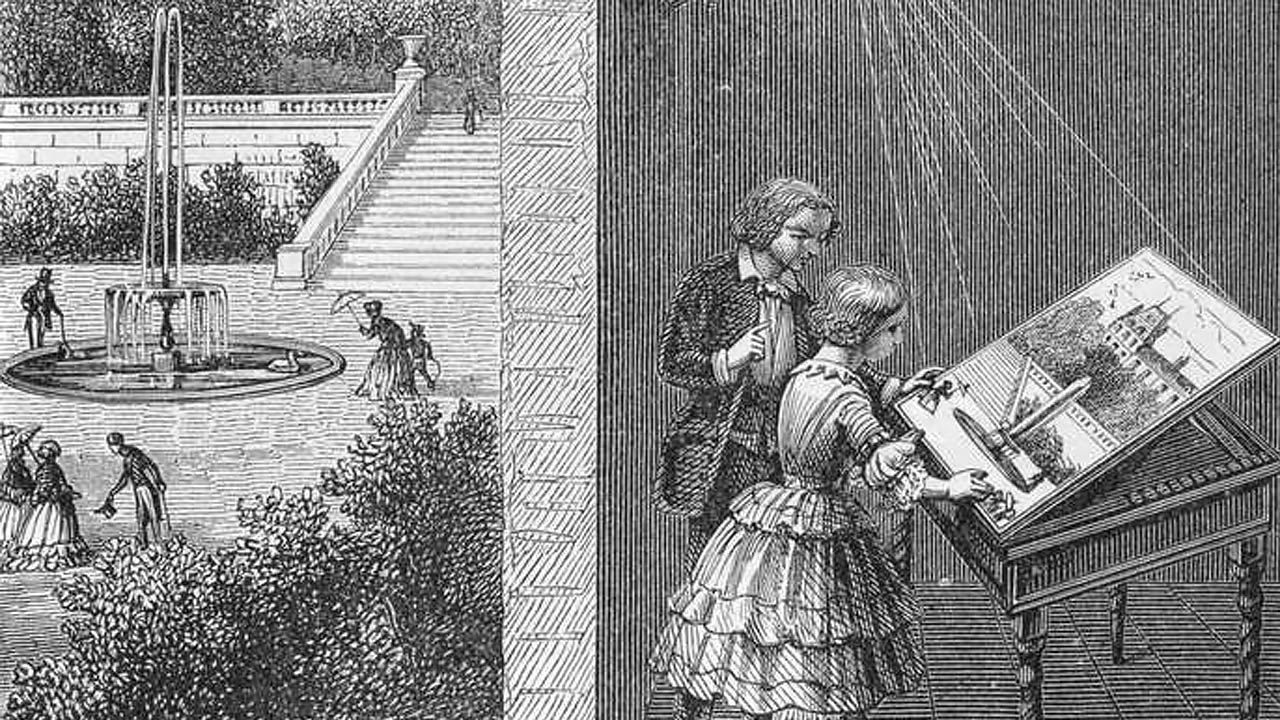
in the 16th century Leonardo da VinciRealizing the similarity between the Camera Obscura and the human eye, he took advantage of this system in his work. He did many experiments with multiple and different widths of holes on the dark box. Da Vinci and many important painters of the period correct perspective in the image He used Camera Obscura for this purpose. Until those years, lenses began to be added to the Camera Obscura to make the image obtained by passing the light through a hole the width of a pinhead sharper. Camera Obscura, usually the size of a room, was created in 1685. Johann Zahn by smaller and portable has been made.
The first known photograph in history
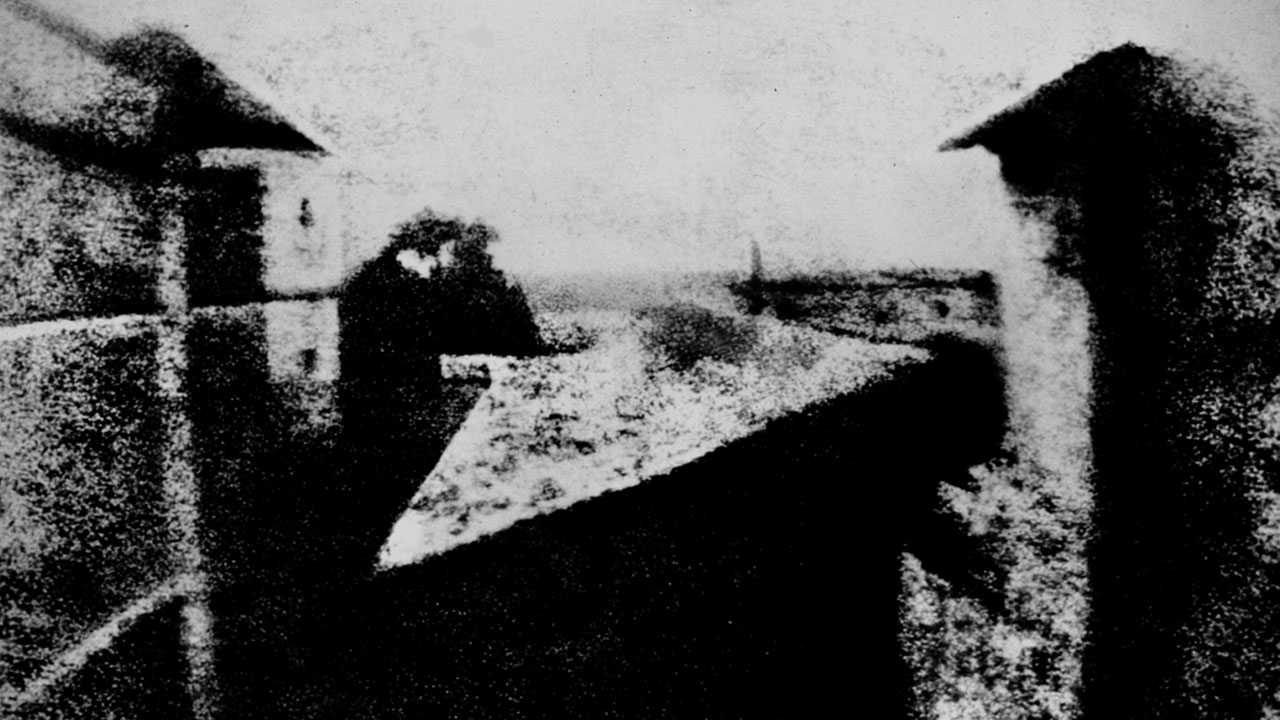
RELATED NEWS
One Could Be the End of Us: Photos Shared of 42 of the Largest Meteorites in the Solar System
The light passing through the lens, which replaces the human eye in the camera, creates the photograph. The recording of the time period that we cannot see and perceive with the eyes is possible thanks to photography. The last of these developments, which heralded the invention of photography, was the invention of chemicals that allow recording and stabilizing the image. 19th century metal plate coated with photosensitive chemicals (today the sensor does this function) With its placement in Camera Obscura first photo was recorded.
The first photograph in history, according to sources that have survived to the present day. It was taken by Joseph Nicéphore Niépce in 1827. Through the hole in the width of the needle tip on the mechanism. light passing for 8 hours, on the light-sensitive surface inside the box, this created the image. With stabilizing chemicals, it was possible for the photograph to survive until today. Like many inventions in history, photography cannot be considered as the invention of only one person. At the same time, many scientists living in different regions were doing valuable work for the invention and development of photography. However, in the historical development of photography, it is indisputable that the inventor Nicephore Niepce and of course the Camera Obscura that it has the most important It would not be wrong to say.
